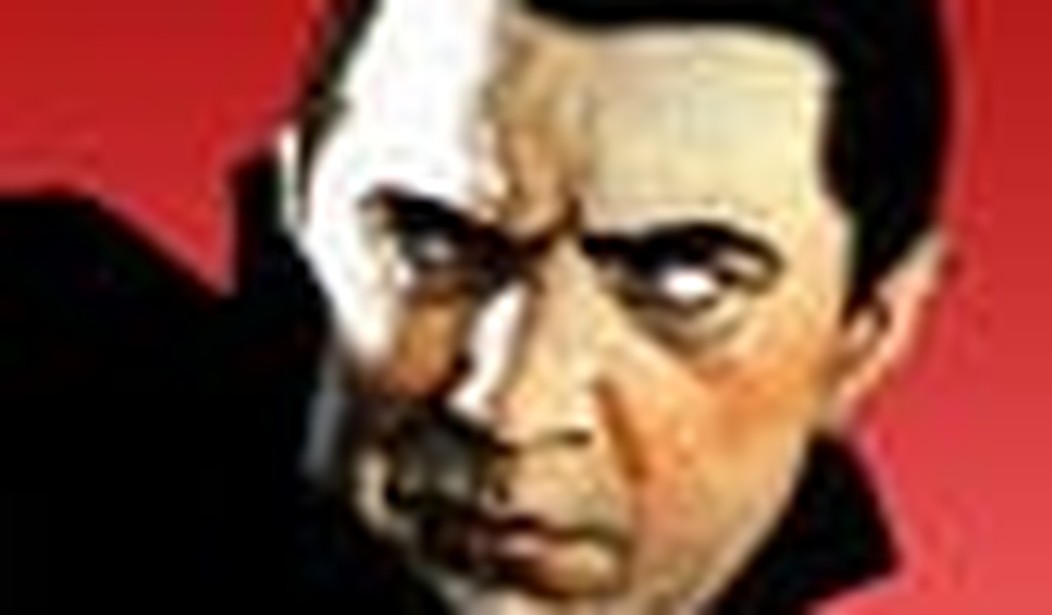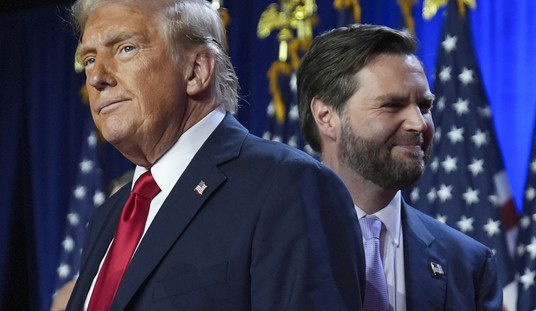One can’t help but notice the growing prevalence of the vampire archetype in contemporary fiction and film, corresponding to the popular fascination with the Titanic story. The vampire and the Titanic constitute cultural paradigms, aspects of the subliminal awareness of deep social currents, suppressed forces, and nocturnal apprehensions expressed as aesthetic configurations.
Regarding the Titanic, poet Robyn Sarah speculates that the 1997 Hollywood blockbuster “struck a chord with the popular psyche as we steamed towards a new millennium” because it “bowls us over that what seemed so substantial — the multi-storied castle of lit ballrooms, grand staircases, fine furnishings, a self-sufficient man-made world of beauty and luxury — could slip so swiftly into oblivion.” In other words, people have identified psychologically, culturally, and civically with the fate of the great liner, intuiting that our Western way of life, “first-class tickets for all, lifeboats for none,” as Sarah writes, is no longer sustainable.
Analogously, since Anne Rice’s 1976 Interview with the Vampire became a bestseller, the vampire myth has taken wing, so to speak, giving new life to Bram Stoker’s chiropteran seigneur. Its exemplars are to be found wherever we look: in novels, movies, video games, and TV serials. Even the famed critic and cultural maven Harold Bloom reportedly takes in every vampire movie that hits the marquees. Often the vampire is portrayed sympathetically, as a suffering and misunderstood creature resisting the curse he (or she) bears and seeking redemption for his predatory impulses. But the rehabilitation of the vampire does not change the fact that the vampire remains a vampire, subject to cravings that augur poorly for the larger population upon whose vulnerability he preys. The vampire’s thirst, as Byron wrote in his poem “The Giaour,” is “unquenched, unquenchable.”
What is more interesting than charting a mere literary phenomenon, however, is asking ourselves why this particular legend or superstition has acquired such prominence among us today, preying in its own way upon the modern sensibility. As with the Titanic mystique, it may develop as a trope or representation of a profound cultural malaise, a sense that under the surface of daily life destructive forces prowl. As a character in Robert Walser’s surrealistic 1909 novel Jakob Von Gunten says, adjusting for the historical calendar, “Concerts and theatres are going down and down, the standpoint sinks lower and lower. There is, to be sure, still something like society to set the tone but it no longer has the capacity for striking the notes of dignity and subtlety of mind.” Nor, for that matter, the note of assurance.
The premonition that something is awfully wrong haunts the imagination, although much of the time we cannot isolate precisely what it is that lurks in the shadows of our doubts and misgivings. Terrorism and a revived Islam, for example, clearly stalk the collective psyche. According to ancient lore, the vampire must first be invited into the premises he subsequently terrorizes, and this is certainly the case with the Islamic demographic. At the same time, all too many of us refuse to consciously acknowledge the threat and strive instead to prettify the image of Islam as a “religion of peace” — just as the modern vampire tends to be nipped and tucked into a cosmetic semblance of nobility and innocence.
As Toby Lichtig writes in the TLS, reviewing a shelf of new publications on the subject, the vampire persists as a vehicle of universal fears, “of life being sapped by death, of health by disease, of the deserving by the selfish,” which explains why it remains “such a powerful metaphor, whether in terms of economics…racial chauvinism, politics, science or domestic relationships.” And indeed, the vampire is no longer the esoteric personage he once was, plying his mischief in the remote fastnesses of Transylvania or the fog of 19th century London, but is now just as likely to make his home “in the Sunnydale of Buffy.” The vampire is ubiquitous.
Which brings us to the immediate circumstances. Perhaps the specter that most keenly taxes the confidence of many Americans is the suspicion of impending cataclysm. Its sepulchral origin may escape the majority of those who are distressed by the prospect of a coming debacle, but it is embodied in a pervasive and commanding presence. The determined scavenger crouching beneath the casements of the national edifice should not be hard to identify, for it too has been invited past the threshold and treated by many as an honored guest. As Byron described the fiend’s lurid passage, “His floating robe around him folding/Slow sweeps he through the columned aisle.”
Whether through inertia, ignorance, or moral blindness, we are the frequent victims of our own fearful unwillingness to acknowledge the obvious. What flits through our anxieties and forebodings is staring us straight in the face, if we would only look. For despite the mists of inscrutability that surround the bearer of a sinister mission and the reluctance of many to see through its blandishments, its real nature can be readily perceived — assuming, of course, that we struggle to stay vigilant. But not enough of us do. The deluded among us continue to be captivated by the peregrinations of the vampire through the Imaginary of the culture and yet are incapable of recognizing its manifestation before our very eyes. One thinks of John Polidori’s unsuspected “vampyre” in his 1819 novella The Vampyre: A Tale, the undulant Lord Ruthven strutting about like a depraved grandee “remarkable for his singularities,” whose “peculiarities caused him to be invited to every house.” Only this vampire is no metaphor. “It’s too bad,” says David Wiedemer in Aftershock, analyzing yet another and complementary aspect of the marauding force at work, “that it’s not just a story.”
Who or what is the vampire? It seems to have more than one name, though Nosferatu serves as a convenient tag. It has a complex and exotic family history though its full biography remains a Carpathian enigma and its behavior and intentions are shrouded in a false identity. It presents itself as a composite figure — a political party, an ostensibly liberal bringer of gifts and cachet, a potent ideology that strives to transform the world, a utopian philosophy that promises bliss upon conversion to its purposes but leads only to a society of the locavore undead. Its acolytes and minions swarm through the world infecting the gullible with the serum of its malignity.
Thus, it proceeds systematically to undermine the strength of those among whom it freely moves, surviving by transfusions of the energy and substance of others who remain unaware that they are the quarry and not the beneficiaries. It redistributes the lifeblood of nations throughout its own body and the collective body of its adherents. It offers ease, comfort, and security, but at the insidious expense of vitality and freedom — and ultimately of the very ease, comfort, and security it has guaranteed. Its manner can be suave and polished though often enough a rough impatience pokes through its carefully constructed veneer. It responds to challenges with aristocratic haughtiness and gutter ruthlessness. It is clever and unscrupulous. It is a purveyor of lies and deceptions. It loves the accoutrements of power and the grand architecture of its residence. It embraces what appear to be noble causes the better to hide its appetite for dominion. It is both furtive and conspicuous. And the irony is that eventually it must run out of blood, to everyone’s cost, even the vampire’s.
The vampire is real and its voracity unbounded. There are only two things that can frustrate its designs, namely, Walser’s “dignity and subtlety of mind.” Or alternately, the symbols of faith and the light of reason, both, unfortunately, in free fall. Absent their belated revival, the vampire is sure to triumph.










Join the conversation as a VIP Member